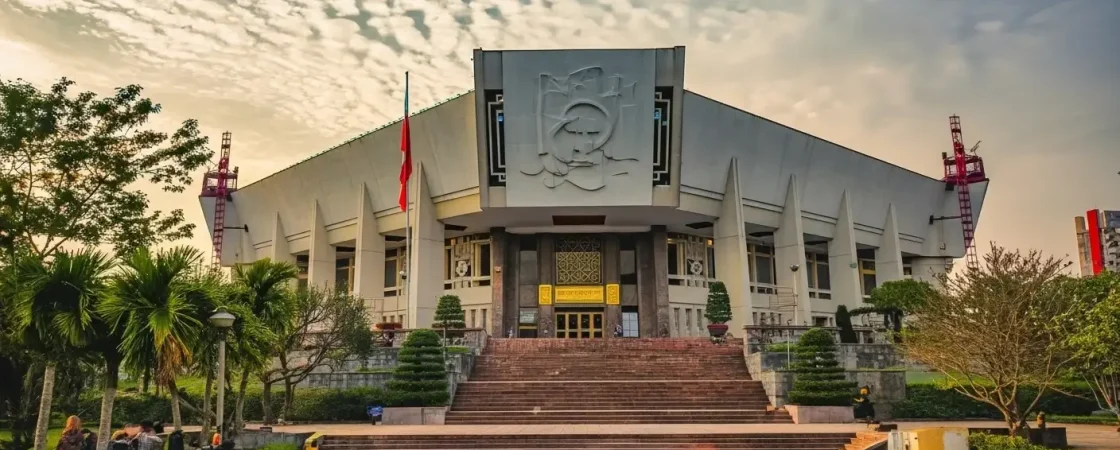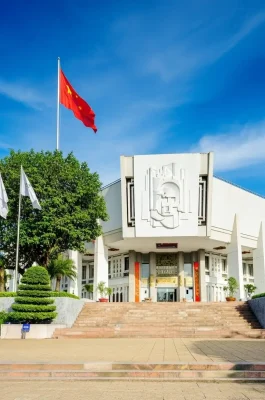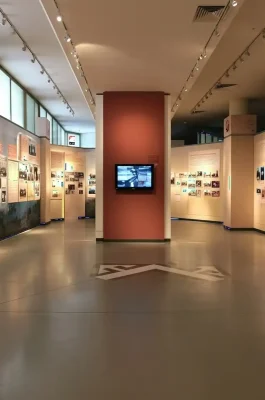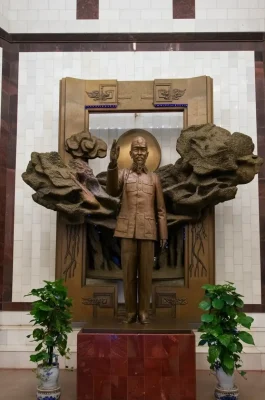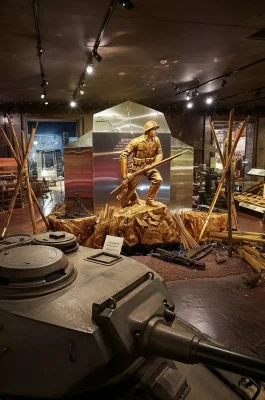The Ho Chi Minh Museum in Hanoi is one of the most important cultural and historical institutions in Vietnam, dedicated entirely to the life and legacy of the nation’s founder, revolutionary leader Ho Chi Minh (known affectionately as “Uncle Ho”).
I. General Overview and Architecture
Location: The museum is part of the extensive Ho Chi Minh Mausoleum Complex in Ba Đình Square, which includes the Mausoleum, Ho Chi Minh’s Stilt House, and the One Pillar Pagoda. Visiting this complex offers a comprehensive look at the leader’s life.
Architecture: The building itself is a striking example of 20th-century Soviet-style architecture. The monumental structure is a large, square block with a sloped roof, designed to evoke the shape of a lotus flower—a symbol of purity in Vietnamese culture.
Exhibition Style: Unlike traditional museums, the Ho Chi Minh Museum is known for its highly conceptual and interpretive exhibition design. Rather than a linear biography, the displays use symbolic imagery, large-scale modern art, and thematic installations to present Ho Chi Minh’s life in the context of global history, the Vietnamese revolution, and his philosophical influence.
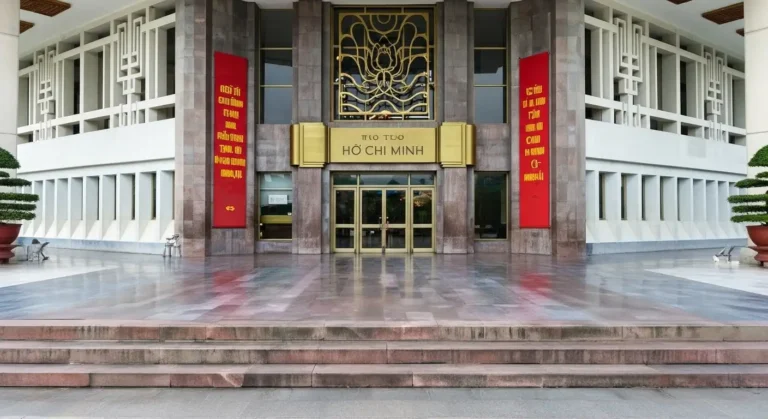
II. Key Exhibits and Cultural Insight
The exhibits are organized into three main thematic zones:
Ho Chi Minh’s Life: This section details his childhood, early revolutionary activities, and journeys abroad to seek support for Vietnam’s independence.
The Vietnamese Revolution: This part focuses on his leadership role in the Communist Party, the struggle against the French and American forces, and the foundation of the Democratic Republic of Vietnam.
Global Context and Legacy: This interpretive section is the most unique, utilizing modernist art and symbolic artifacts to connect Ho Chi Minh’s thought with major world events and highlight his lasting influence on Vietnam and the world.
Traveler’s Note: While captions are available in Vietnamese, English, and French, some exhibits are deeply symbolic. Visitors should be prepared for a thought-provoking, non-traditional museum experience.
III. Practical Visitor Information
| Detail | Information |
|---|---|
| Address | 19 Ngọc Hà Street, Đội Cấn Ward, Ba Đình District, Hanoi, Vietnam. |
| Getting There | Easily accessible by taxi, ride-hailing app, or public bus to the Ba Đình Square area. |
| Opening Hours | Summer (April 1 - October 31): 7:30 AM – 11:30 AM; 2:00 PM – 4:30 PM |
| Winter (November 1 - March 31): 8:00 AM – 11:30 AM; 2:00 PM – 4:00 PM | |
| Closed: Mondays and Friday afternoons. (Note: The Mausoleum Complex schedule can be strict and subject to change). | |
| Admission Fee | Adults: 40,000 VND per person (approx. $1.6 USD) |
| Vietnamese Citizens/Students: FREE | |
| Phone Number | +84 24 3845 5168 / +84 24 3845 5128 |
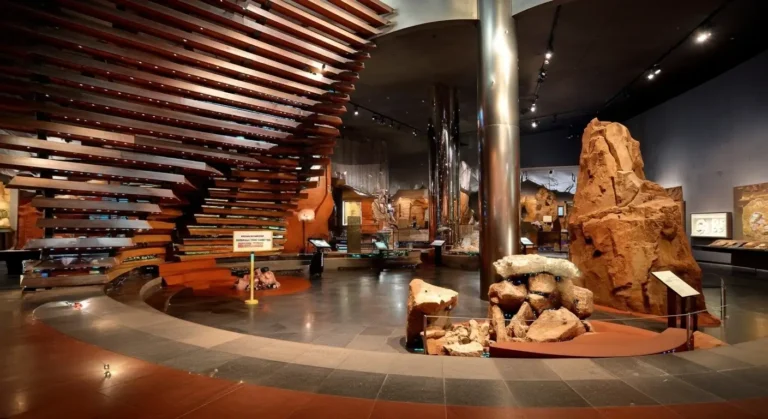
IV. Traveler's Tips (for the entire complex)
Combine Your Visit: The museum is best visited as part of the Ho Chi Minh Complex tour, including the Mausoleum (check specific visiting hours for the Mausoleum, as they are very strict) and his Stilt House.
Security & Conduct: Security is tight. Be prepared for bag checks. Dress modestly (shoulders and knees covered) out of respect, especially if you plan to enter the Mausoleum or the museum.
Photography: Photography is generally allowed inside the museum, but always check for specific restrictions in certain areas. Photography is strictly forbidden inside the Ho Chi Minh Mausoleum itself.
